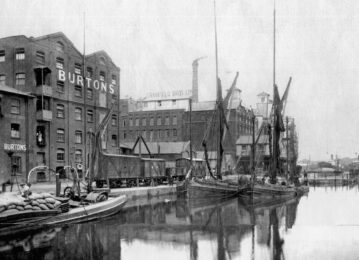What is a Chamber of Commerce?
“Chambers of Commerce serve as a collective voice for the business community, representing their interests to government bodies and other stakeholders.”
The earliest reference to a Chamber of Commerce comes from Marseilles, France. At the end of the sixteenth century, the first “chambre de commerce” was established by traders in the town to reinvigorate trade following the gruelling impact of war on the local business community.
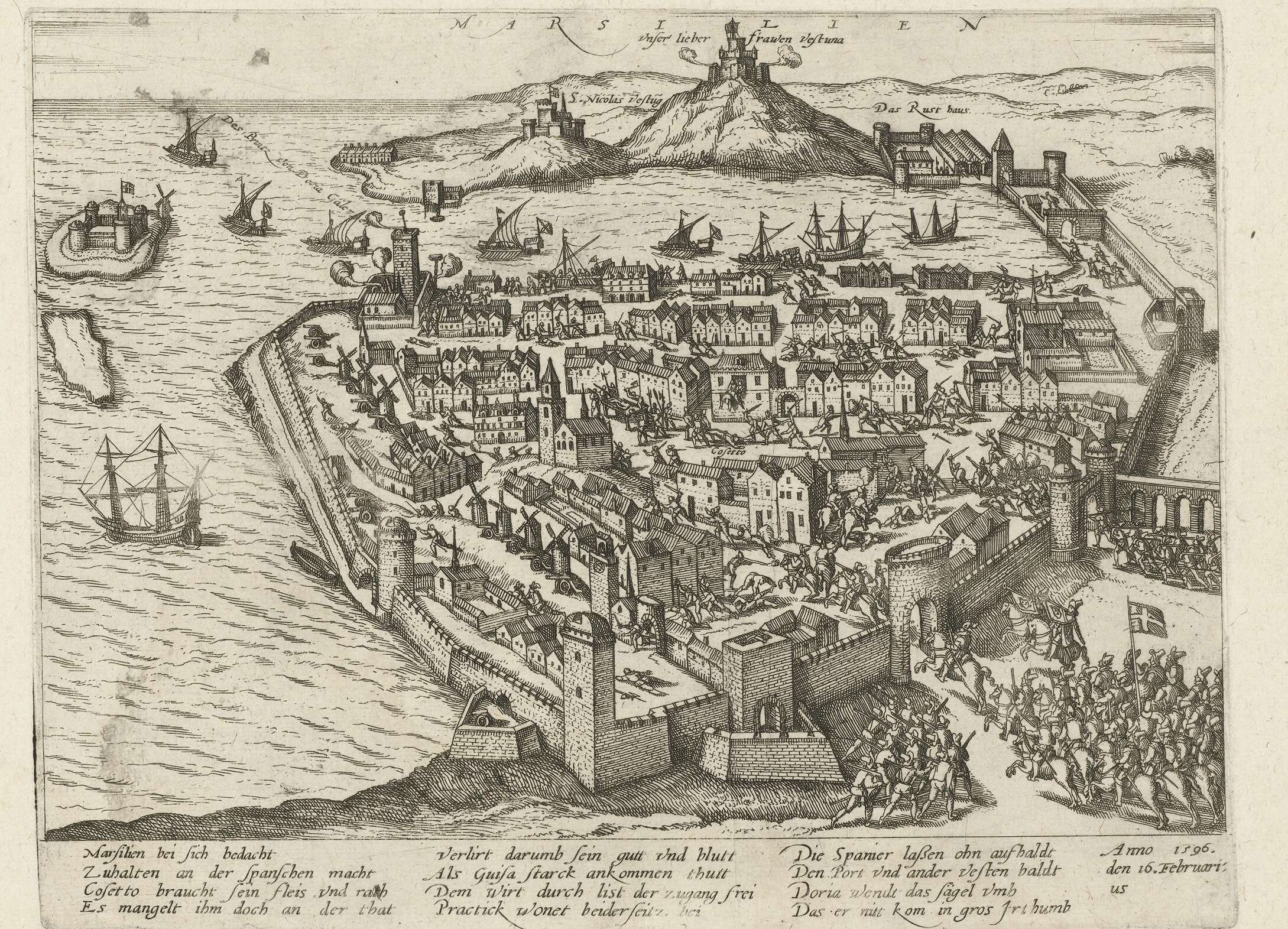
More chambers quickly established across Europe to regulate and promote trade in cities. These medieval European trading guilds were associations of merchants, artisans, and traders in cities. They played a vital role in regulating trade, setting standards, and providing a platform for members to discuss and resolve business-related matters.
By the late eighteenth century, Chambers began to emerge in the English-speaking world – in the early United States, the UK, and in Ireland. Many formed in response to disruptions posed to traditional trade and markets caused by global conflicts, such as the American Wars of Independence (1775-83) and the French Revolution (1789-99).
The first Chamber in Great Britain opened in Jersey in 1768. Others followed in major British cities – in Glasgow (1783), Edinburgh (1785), Birmingham (1813), and Manchester (1820).
Notably, these cities lay at the heart of the Industrial Revolution. Alongside trade disruptions, rapidly advancing technologies and a huge increase in manufacturing necessitated new and more efficient systems to safeguard and promote business interests. Traditional, outdated bureaucratic systems were no longer effective for the rapidly growing and changing needs of the emerging business class.
It was within this dynamic, often challenging, and transformative economic era that modern Chambers of Commerce began to take shape. From there, they evolved into vital institutions for the regulation, support, and advancement of commerce.
The Impact of Industry
By the mid-eighteenth century, the radical process of industrialisation was well underway in Britain.
Advances in technology, such as the creation of the steam engine, caused an explosion in manufacturing capabilities across a host of industries, including textiles, engineering and energy sectors. The impact of new technologies was profound. In textiles, for example, steam-powered looms made it possible to have maintain a constant line of production. Mass manufacturing, on a scale in which is now commonplace across the world, emerged.
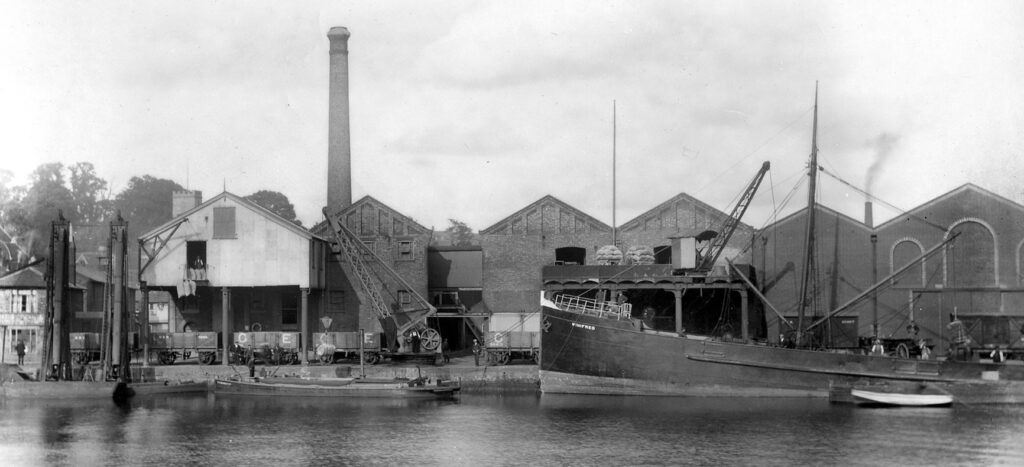
© Ipswich Maritime Trust
Paired with this technological revolution was the expansion of transport links across the Great Britain. With the explosion in manufacturing, it was essential for transport links to develop to better support burgeoning supply chains. Canals first emerged on a significant scale from the 1760s, and railroads followed from the 1820s.
Infrastructure Expansion
The Docks in Suffolk
The development of harbours and docks in Suffolk significantly boosted the region’s industry.
The Ipswich Wet Dock, opened in 1842 as the first of its kind in the UK, enhanced goods transport via the River Orwell, spurring industrial growth in Ipswich and Suffolk.
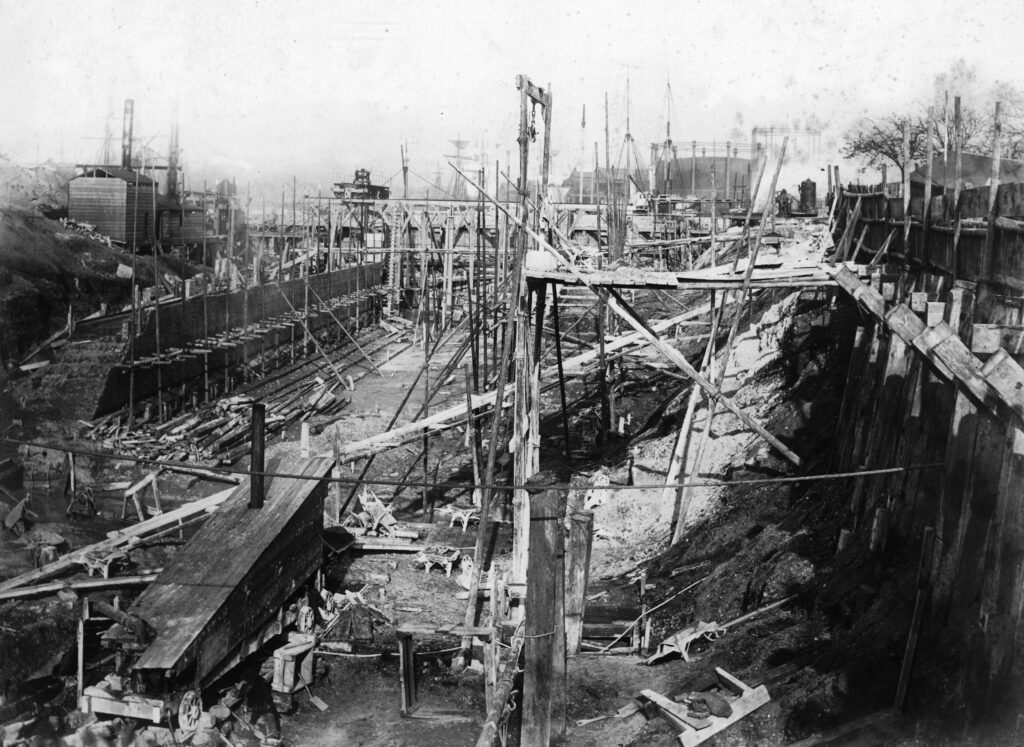
© Ipswich Maritime Trust
Lowestoft, once a small fishing village, transformed after the Norwich and Lowestoft Navigation Company built its harbour in 1831.
This growth fuelled the fishing industry and associated engineering and shipping firms like Richards, Brooke Marine, and Small & Co.. It was these firms that lead on the formation of Lowestoft’s first Chamber of Commerce, supporting their vital industries.
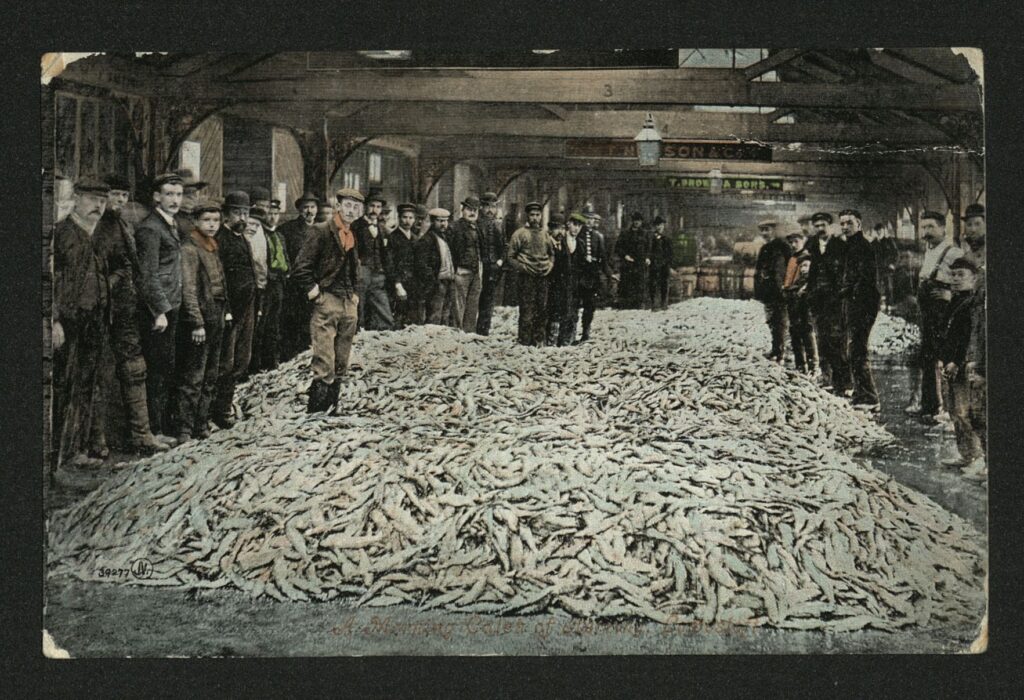
© Suffolk Archives
Felixstowe, now the UK’s largest port, opened its first small dock in 1886. It was constructed by the Felixstowe Railway and Dock Company using manpower and new steam-engine technology.
The dock’s first commercial vessel, the steamship Crathie, arrived in April 1886 with a cargo of coal, establishing Felixstowe as a major trading hub.
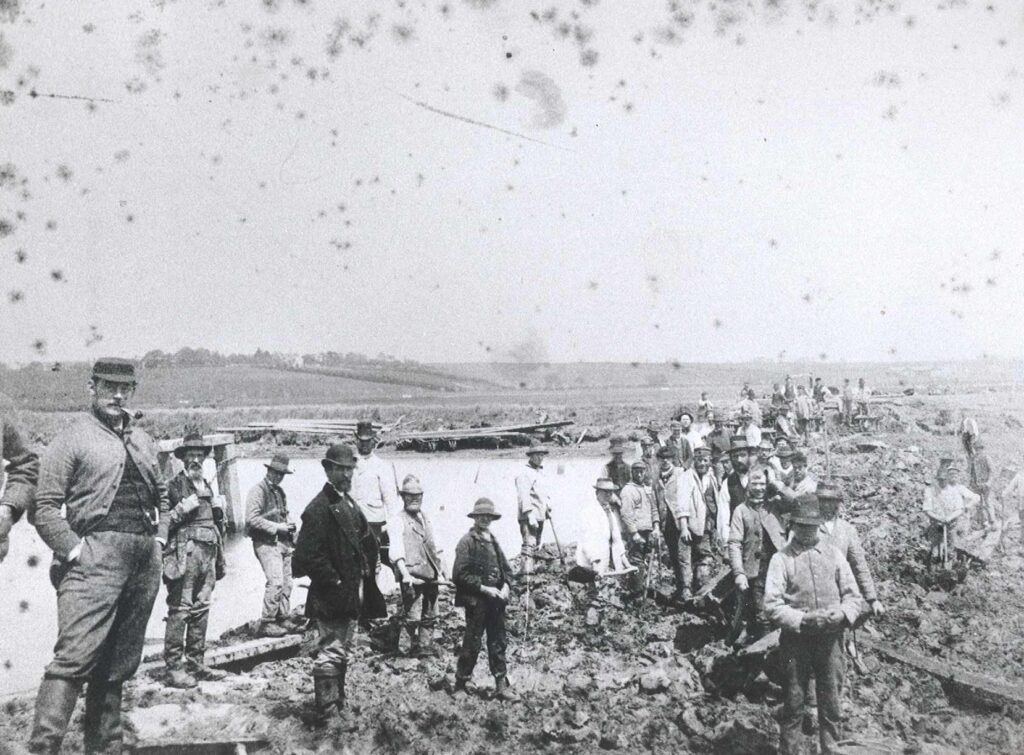
© Hutchinsons Ports
The Railway in Suffolk
As was the case for much of Britain, the 1840s brought a massive railway expansion in Suffolk. Ipswich opened its first station in 1846, followed by Lowestoft and Bury St Edmunds in 1847. Felixstowe’s first station, near the port, opened in 1877, with the town station following in 1898.
Lowestoft’s railway station boosted the fishing industry by enabling fresh catches to reach markets across Suffolk and London. In Felixstowe, the first station at the port in 1877, connecting to Ipswich and Trimley, supported the growth of trade. Subsequently, the later addition of Felixstowe Town Station boosted tourism, and the establishment of a new promenade and pier in the early 1900s.
Bury St Edmunds’ railway connections to Ipswich began in 1847, with Cambridge links established in 1854. The railway services were vital for both passenger transport and industrial freight. The Great Eastern Railway Company’s takeover in 1862 and the streamlining of services underscored the railway’s importance to local economies, particularly in Bury St Edmunds.
Much of the early Chamber policy in the region centred on improving railway services – for passengers, freight, and to encourage visitors to the town.
The Advancement of Business
With the transformation of industry and the support of new infrastructure, industry boomed in Suffolk on an unprecedented scale.
Businesses flourished – in Ipswich, Ransomes, Sims & Jefferies, R & W Pauls, Burtons, Son & Sanders, and Packard & Co built up around the docks; in Bury St Edmunds, Thomas Ridley’s grocers, Robert Boby’s works and the legal practice of Mr H. Bankes Ashton expanded; and in Lowestoft, the fishing fleets and boat builders, such as Richards, Brooke Marine and Small & Co, built up their industries.
It was within this expansion that the need for a collective voice emerged to better represent these businesses, and to support the advancement of Suffolk business, economy, trade, and industry.
